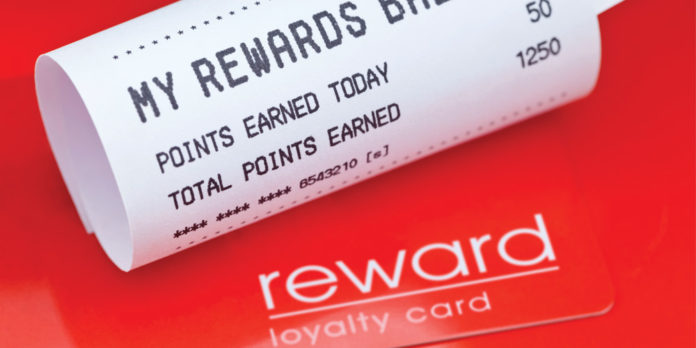Brits are drowning in loyalty cards. The average shopper has at least three. But despite that, almost £6bn worth of points are sitting in shoppers’ wallets unclaimed. Over the past year, 8m people have not cashed them in at all. That is a huge amount of points on cards for which we do not even have enough space in our wallets any more.
It is no surprise that some experts believe that loyalty cards are a dying concept. The high street retailers have millions of members signed up to their schemes, the most popular being Aimia’s Nectar card, which has 19m members, followed by Boots’ Advantage card and Tesco’s Clubcard. But over the years, the perks offered to users have been dwindling, particularly because promiscuous shoppers have been abusing the benefits.
Waitrose wised up when disloyal members regularly came in for a free coffee with no intention of doing their shopping. In 2015, the multiple changed the rules so that free coffee was only available when buying a treat to go with it. The same year, Sainsbury’s halved the number of Nectar points it awarded from two to one for every £1 spent.
In wholesale, loyalty schemes take a variety of forms. In 2013, Bestway launched the My Rewards card, offering up to 5% cashback when retailers met a minimum spend of £15,000 per month.
Last month, Palmer and Harvey took a different approach with the launch of a scheme called SIRCLE to incentivise retailers to improve store standards. Customers are rewarded up to £2,000 per year, based on buying recommended products and implementing regular promotions.
In foodservice, Bidvest is offering customers its Safari loyalty scheme. Points are automatically added to online accounts and can be spent on pre-selected goodies ranging from gift cards and charity donations to plasma TVs and household appliances. It has 20,000 customers signed up.
But are these initiatives really encouraging customers to be loyal? While there is no wholesale-specific research available, financial experts say high street loyalty schemes are much less likely to influence purchasing in the UK than they are in the rest of the world: only 51% of British loyalty cardholders will buy from a retailer with a scheme over one without, if all other factors are equal; 55% say that they shop more at retailers with loyalty schemes, compared with the global average of 67%.
A common reason why some people do not join schemes is as simple as not wanting to add another plastic card to the pile. Loyalive responded in 2015 by launching the UK’s first loyalty card wallet app. This enables shoppers to view all their loyalty cards in one mobile device app and check their point balances in real-time. Should the same concept be available in wholesale?
Cardless concepts are an important way of attracting the next generation of retailers and caterers, too. Ecrebo research found that 17% of 16-25 year olds are not members of any scheme. But the appetite is there: 49% said they would be attracted to cardless initiatives, and 89% said a fast, easy-to-use scheme would influence where they shopped.








